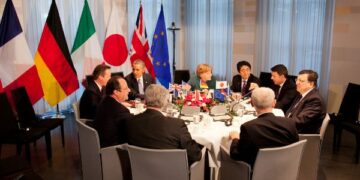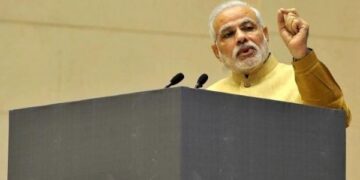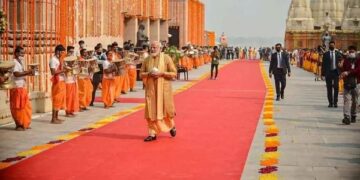To get the best results and to clear the IAS exam, one must try to cover the complete exam syllabus. It is difficult, but many sources are available online and offline. Therefore, one must make proper use of them. Further, in this article, we have added information related to the President of India. Get information like the salary of the President of India, the current president of India, and other related information. Read the complete article and understand the Rashtrapati of India. We have covered all essential points that will help you with your IAS exam preparations. Make sure that you have noted down all points that will help you during the exam.
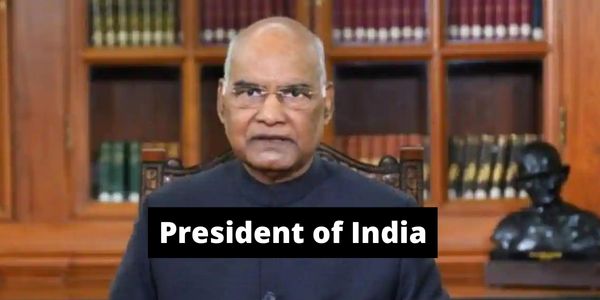
About the Article
As mentioned, this article will help you by giving information on the President of India. The Indian President is the head of the state. In addition, he is also called the first citizen of India. Besides, President is a vital part of the Union Executive. It is one of the essential topics for the IAS exam for all three stages Prelims, Mains, and Interview. When we think of the IAS exam, one must take care of various things. Click Here.
In the main paper of the IAS exam, there are GS papers. Therefore, it becomes necessary for aspirants to cover the complete syllabus of the exam.
Rashtrapati of India
In the first place, he is the head of state of the Republic of India. The president is the nominal head of the executive, as well as the commander-in-chief of the Indian Armed Forces. Further, the president’s office was created when India became a republic on 26 January 1950. Besides, the President is part of the Union Executive, provisions of which are dealt with in Article 52-78, consisting of articles related to the President (Article 52-62). Also, he is a part of the Union Executive along with the Vice-President, Prime Minister, Council of Ministers, and Attorney-General of India. Besides, one can click here to learn about the details of the vice president of India.
How is President elected?
In the first place, Article 54 mentions that there shall be an election for the President of India. Further, there is no direct election for the Indian President. The electoral college elects him, and the electoral college responsible for President’s elections consists of elected members of Lok Sabha & Rajya Sabha, Legislative Assemblies of the states, and Legislative Assemblies of the Union Territories of Delhi, Jammu & Kashmir, and Puducherry (From 1992 through the 70th Constitutional Amendment Act)
The value of MLA = Total Population of state/Total number of elected members in the state legislative assembly*1/1000
The value of MP = Total value of votes of all MLAs of all states/ Total number of elected members of Parliament
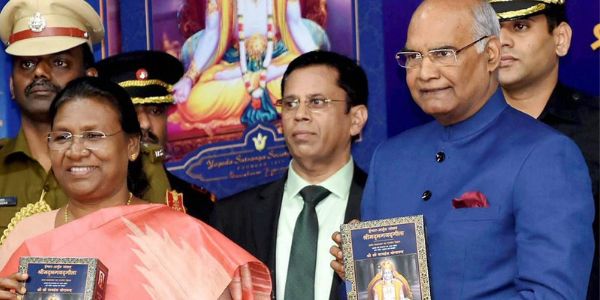
Qualifications of the President of India
Further, to become the President of India, one needs to have the below qualifications.
- One must be an Indian Citizen
- Further, the age should be a minimum of 35 years
- One must qualify the conditions to be elected as a member of the Lok Sabha
- Lastly, one must not hold any office of profit under the central government, state government, or any public authority.
However, a person is not eligible for election as president if he holds any office of profit under the Government of India. Besides,
Certain office-holders, but are permitted to stand as presidential candidates. These are:
- The present vice-president
- The governor of any state
- A Minister of the Union or state (including the prime minister and chief ministers)
Process of Election of President in India
Further, nominations for the presidential elections must be subscribed by at least 50 electors as proposers and 50 electors as seconders. Additionally, each candidate must make a security deposit of ₹15,000 (US$210) to the Reserve Bank of India.
The election is conducted in accordance with the system of proportional representation by means of the instant-runoff voting (IRV) method. The voting happens in a secret ballot system. Article 55 of the constitution provides the president’s manner of election. Further, every elector casts a different number of votes. Then, the total number of votes cast by Members of parliament equals the total number of votes cast by State Legislators. Later, calculating the votes by a particular state are calculated by dividing the state’s population by 1000. Further, it is divided by the number of legislators from the State voting in the electoral college. Finally, every elected member of the parliament gets the same number of votes.
Salary of the President of India
Further, the salary of the President of India was ₹50,000 (equivalent to ₹190,000) in 1998. Before, it was ₹10,000 (US$100) per month per the Second Schedule of the constitution. Later, on 11 September 2008, the Government of India increased the salary of the president to Rs 1.5 lakh. Besides, the amount was further increased to Rs 5 lakh (equivalent to ₹5.7 lakh or US$7,500 in 2020) in the 2018 Union budget of India.
Further, Rashtrapati Bhavan, the president’s official residence, is the largest Presidential palace in the world. Besides, The official state car of the president is a custom-built heavily armored Mercedes Benz S600 (W221) Pullman Guard. Also, The former presidents and widows and widowers of presidents are eligible for pensions.
Powers and Functions
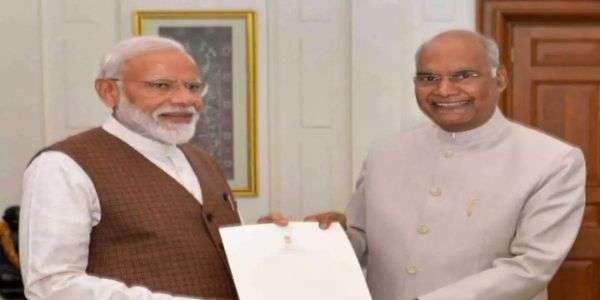
Being the President of India comes with great responsibilities and powers. We have listed some of them below.
- In the first place, every action that the Indian government takes is to be taken in his name.
- He is responsible to appoint the attorney general of India and determining his remuneration. Also, he appoints inter-state councils and administrators of union territories.
- Further, constitutes the Finance Commission every five years, and to make a demand for grants, his recommendation is a pre-requisite
- Besides, the appointment of Chief Justice and Supreme Court/High Court Judges are on him.
Further, the President of India deals with
- National Emergency (Article 352)
- President’s Rule (Article 356 & 365)
- Financial Emergency (Article 360)
When will the President’s office be vacant?
Suppose the President of India completes his term of five years in the office further, if President resigns by putting forward his resignation, and If the Supreme Court declares his election invalid. Lastly, if he dies in the office.
Current President of India
Let us now understand the details of the current president of India that is Ram Nath Kovind. Ram Nath Kovind is an Indian politician serving as the 14th and current President of India since 25 July 2017. further, he is a member of the Bharatiya Janata Party. Before becoming the President of India, he served as the 26th governor of Bihar from 2015 to 2017. In addition, as a member of Parliament, Rajya Sabha from 1994 to 2006. Also, he was a lawyer for 16 years and practiced in the Delhi High Court and the Supreme Court of India until 1993
| Born | 1 October 1945 (age 76) Paraunkh, United Provinces, British India |
|---|---|
| Nationality | Indian |
| Political party | Bharatiya Janata Party |
| Spouse(s) | Savita Kovind (m. 1974) |
| Children | 2 |
| Residence(s) | Rashtrapati Bhawan, New Delhi, Delhi |
| Education | B.Com., LL.B. |
| Alma mater | Kanpur University |
| Occupation | Politician lawyer |
Conclusion – President of India
To conclude, this article will give you complete information on the President of India, Rashtrapati of India, the current president of India, and other related information. It is one of the vital topics for the IAS exam. We have covered all points that are necessary for the exam. In addition, get the details of the other IAS exam study materials. We have covered the latest details of various topics. Read More. Besides, you will find the complete information related to the UPSC exam like the exam syllabus, pattern, books, tips, application form, and other details. One must visit the official website for more information on the UPSC exam.

FAQs – President of India
Go through the below FAQs for more information on the Rashtrapati of India
Ram Nath Kovind is the 14th and present president, having assumed office on 25 July 2017.
A total of 538 electors form the Electoral College. Each elector casts one vote following the general election. The candidate who gets 270 votes or more wins
There have been 14 presidents of India. In 1950, India has declared a republic with the adoption of the Indian constitution.
Editor’s Note | President of India
In the above article, you will get all information related to the Rashtrapati of India, the Rashtrapati of India salary of the President of India, and other information. It will help you with the UPSC exam preparations. For the IAS mains, it is a vital topic. One cannot skip a topic. One can refer to the previous year question papers to learn about the paper syllabus and the pattern. In addition, visit the official site to get the latest information on the IAS exam. Further, reading newspapers will help you to know about current affairs. Besides, we suggest aspirants to maintain a separate notebook to write down all essential points. One can refer to the same points during the exam. We wish good luck with your UPSC exam.

